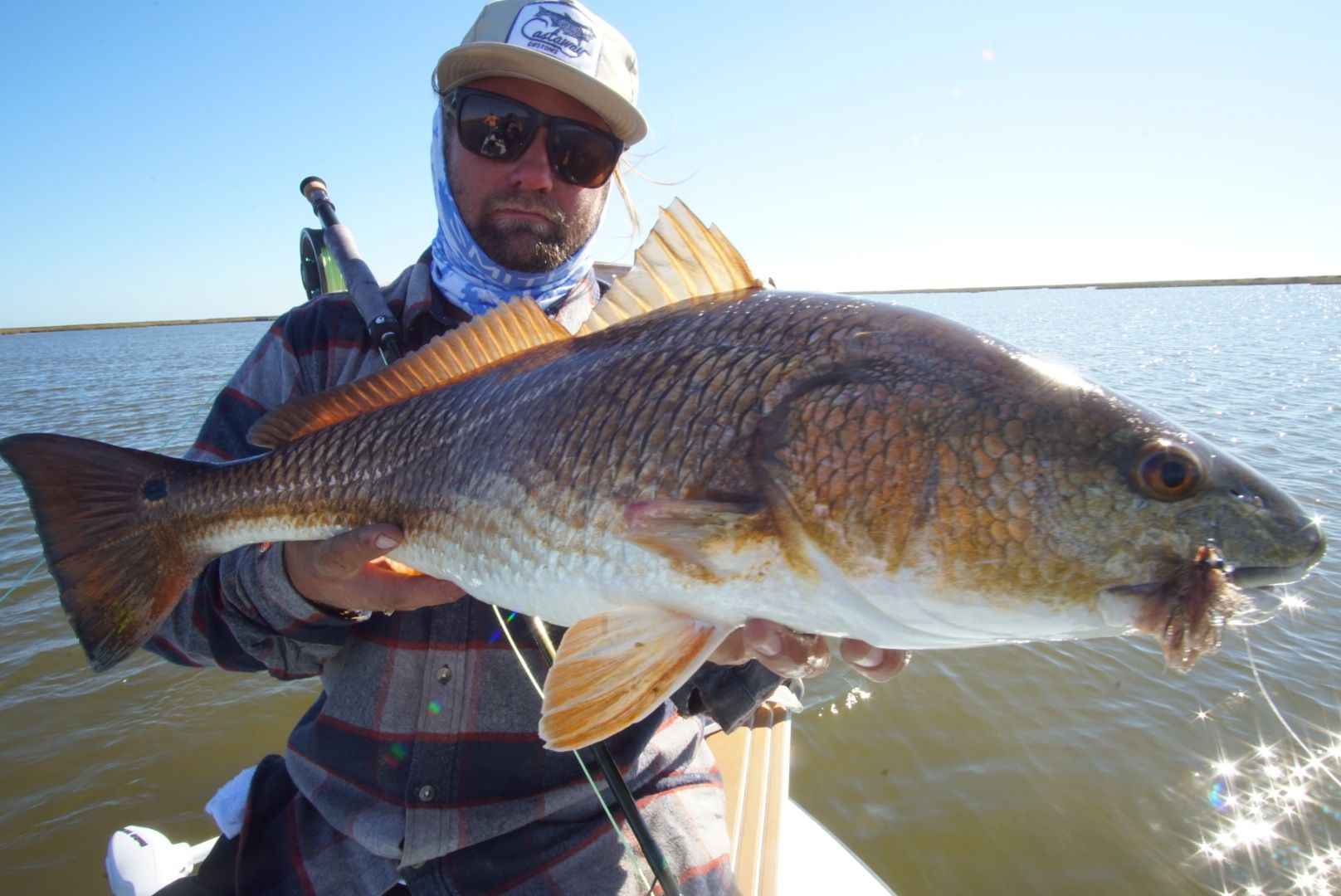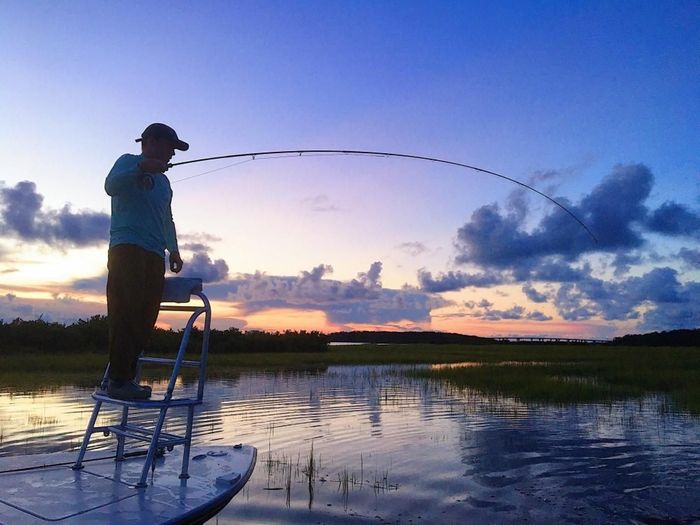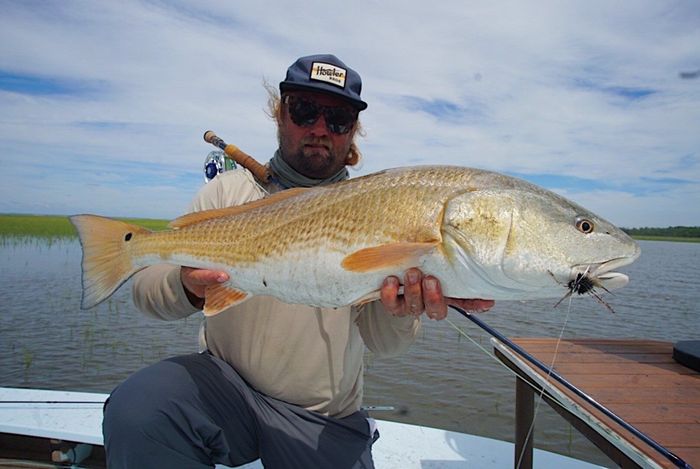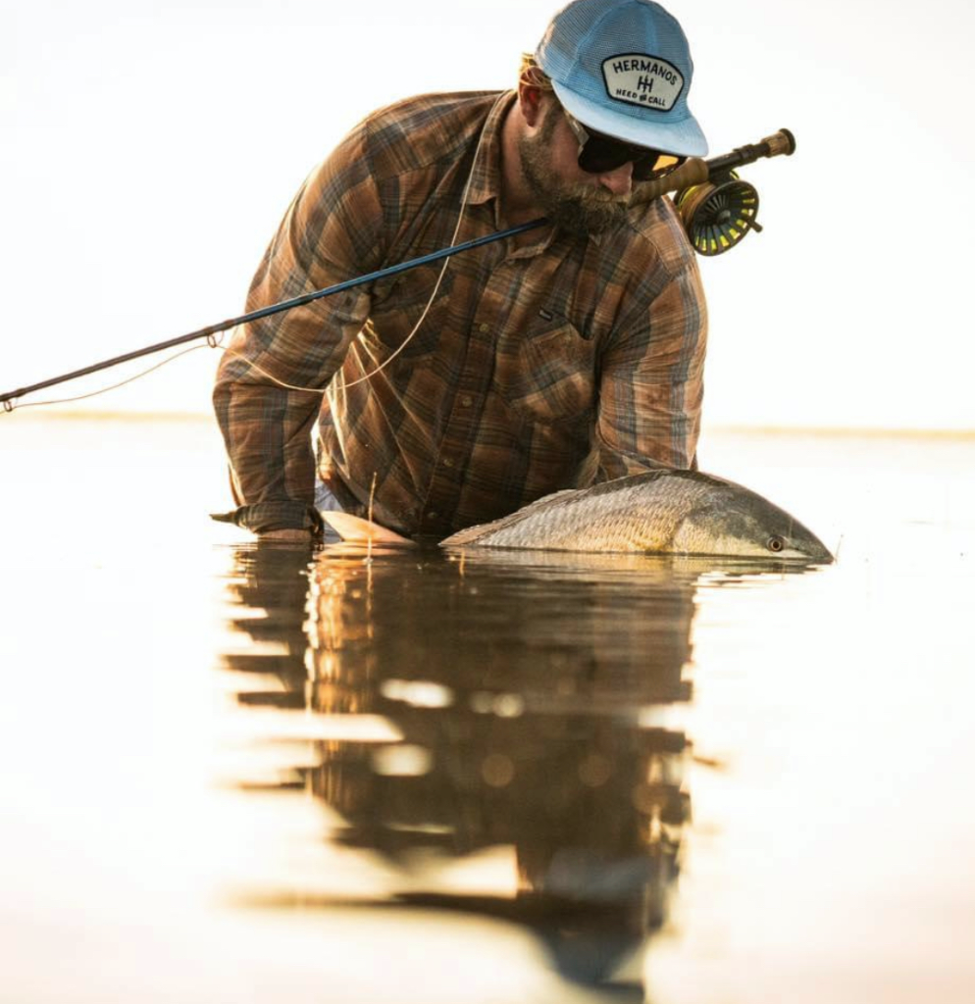5 Key Sight Fishing Tips from Captain Cullen Traverso
Sight fishing yields some of the most thrilling catches. Cullen Traverso, an experienced guide, shares his top five sight fishing tips.

An Overview of Myself
Before I impart some of my knowledge, you may be wanting and wondering about my qualifications. I was born and raised in Florida and have spent all my life on the water. When I was 10 years old, my father got me into inshore fishing. I have had a lot of tight lines ever since. Up until now, I have constantly driven to progress myself and hone my craft as an angler — that extends to helping other fellow fishermen do the same as well.

My passion for fishing inspired me to take the plunge and open my own guide service. I have 26 years of experience as a guide for High Tailin’, one of the premier fly fishing and light tackle guide services in Northeast Florida. My guide service focuses on taking you on a journey exploring the incredible fishery of St Augustine in Florida.
Sight Fishing in Northeast Florida
I’m very much a believer that as an angler progresses in skill, they also progress in their mindset. The discipline and practice of sight fishing test both because it requires accuracy and mindfulness when it comes to reading fish in various conditions. There is no greater feeling than when you’ve gone through all the effort of taking precise action and executing a detailed presentation and then ending up successfully pursuing and landing a fish or a school of fish. This is what sight fishing is all about; the challenge to one’s angling skills and the exciting bonus of a well-deserved payoff.

I would estimate about 90% of the fish caught while fly fishing here in Northeast Florida is strict because of sight fishing. If you want to work on the subtle differences in your approach and presentation (which can make all the difference), here are a couple of things you need to know that we’ll call ‘5 Key Sight Fishing Tips from Captain Cullen Traverso’.
5 Key Sight Fishing Tips
1. Take Your Time
In so many instances, we are trying to get to that next fish. It’s understandable to get really excited about landing our next catch, especially in types of angling where you scout or spot your targets first — like inshore fishing and sight fishing. But when the water is very shallow or dirty with less visibility, it is imperative to slow down. Why? This is because fish rely more on feel than sight at that point. There are so many times that we are trying to get to the next point or simply work an area too fast, making us run up on and spook sitting fish. Slowing down the boat or your approach gives you more space and time to identify the opportunity, evaluate the angle, and execute the presentation. There’s no specific ‘great time’ when it comes to fishing in general. So just take your time and don’t rush. Every moment you see fish also means that they can see and feel you at the same moment. Learn to see the progression in it.
2. Point Your Rod

I’ve noticed that seeing the fish first and directing your vision towards the fish makes you want to cast your line directly at your target. But honing in on your target quickly is a difficult task, both for the angler and the guide. I’ve found that pointing your rod in the direction and distance of the fish you’ve spotted help. Basically, use the rod tip instead of your eyes as a scope to hone in on the fish in a wide area. If you still don’t see the fish even when you’re pointing right at it, broaden your vision and look for any subtle points of differentiation like shadows, wakes, or boils.
3. Good Old-Fashioned Teamwork
Using your position to your advantage is key to sight fishing. So it goes without saying that the more people covering an area, the better your chances of spotting fish will be. I like letting the angler, and I scan as a team. As a guide, you can often find me at the back of the boat in a higher position while the angler is in the front in a lower position. Since the angler is placed there, they can effectively scan shorter distances in a closer radius, while the guide can scan further out the water. This dissolves the limited opportunity to spot fish if both sets of eyes are scouting one area.
I always recommend anglers to settle at the front because they have a much better chance of identifying a nearby fish making a presentation if they keep scanning closely. In darker water or windier conditions, fish can often pop up close, and the angler up front has a better chance of identifying and having the opportunity to land them.
4. Good Leads and Overshooting the Fish

Some of the best bites and successes come from playing out a safer presentation. Especially when we don’t use live bait. Often during sight fishing or inshore fishing, our targets are on alert, so every part of the approach and presentation requires some distance. It’s good to take a moment to see a fish’s path and follow where it’s going. Is it swimming in a straight line? Moving along an edge? Or swimming erratically in search of food? Knowing their path will help lay out your plan of presentation. As you approach, you can anticipate and identify where you need to make your placement.

If you’ve identified a fish swimming in a path, a smart move is to lead it rather than casting too close at the risk of driving it away. Make your cast and let it sit until it’s closing in at a distance to make the bait move and attract your target. Make the fish think that it found its meal and that it made it react. Let them know that their live bait is there for the taking.
Overshooting refers more towards a situation where the fish would be crossing by you. If this happens, overshoot the distance on your cast in case your target starts to slide away. If the fish stays on its path or comes closer, you can reel or strip in fast to get your bait to the best spot to intercept the fish.
5. Communication
Fishing with others, in general, requires a lot of effective communication, especially if you’re spending time with a new person or guide. This is especially true in the moments when you’ve identified fish and are making your presentation. Just letting the other person know where and what the fish are doing, how the boat is approaching, and when and where’s the right time to cast increases the success of a fishing trip.
Anglers should also be comfortable speaking up in situations when it’s too windy or loud. Fish don’t have ears, so don’t worry, it’s okay to talk. If you can break away from looking at the fish, turn your head to speak directly to your guide instead of talking away. Hand gestures are also a great way of communicating. Pointing or holding your hand up can communicate a number of things, from kicking the bow over to stopping or backing up. Never underestimate the power of good communication between an angler and a guide.
I hope these five concise tips will help you next time you’re sight fishing. Identification, approach, and presentation are aspects that can be improved to better your chances of landing your targets. If you want to learn more, check out High Tailin’s website, Facebook page, and Instagram. You can book a fishing trip with me here.




